Scroll down to browse all proposed projects, or select the animal group you are interested in in the menu above.
Projects are removed from this list as they are taken up.
You are also welcome to get in touch and propose a project of your own!
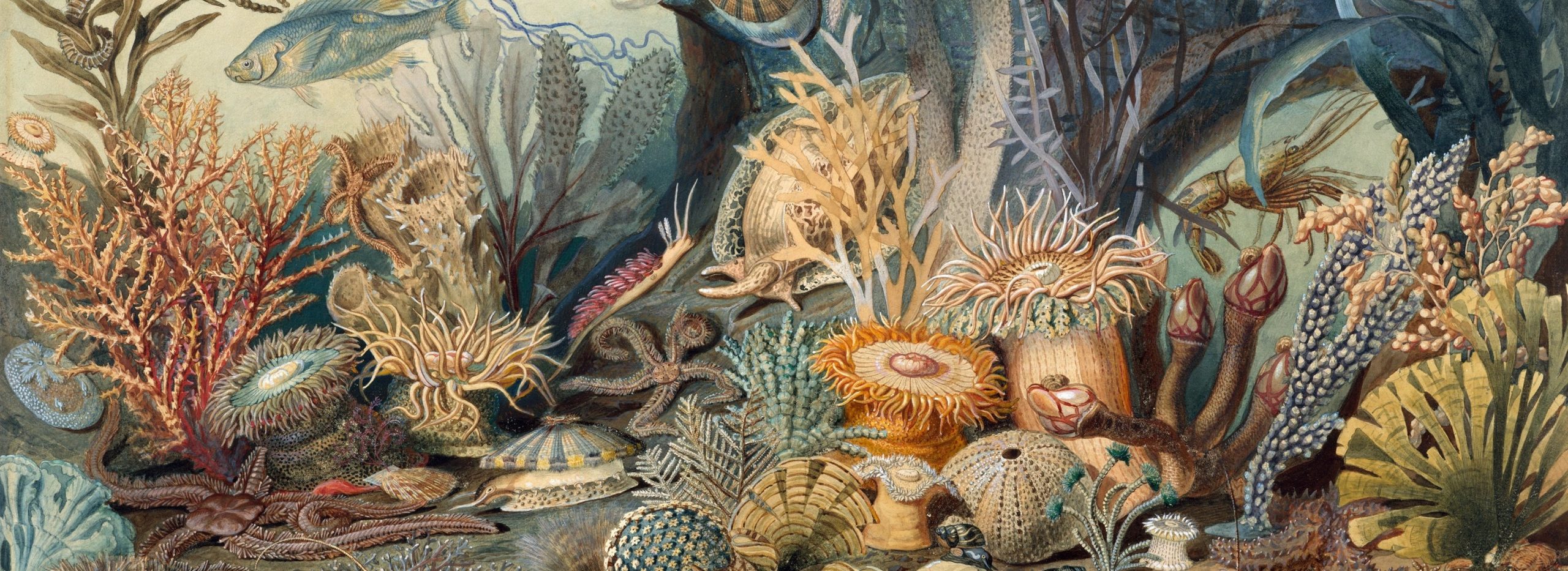
Scroll down to browse all proposed projects, or select the animal group you are interested in in the menu above.
Projects are removed from this list as they are taken up.
You are also welcome to get in touch and propose a project of your own!
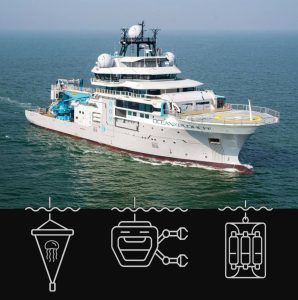
In August 2023, we participated on a research cruise with OceanX. We visited six stations in the Norwegian Sea, Sognesjøen, Sognefjorden and Masfjorden, thereby covering water masses of both Atlantic and Arctic origin, as well as coastal water and fjords. At each of the six stations visited, we filmed a vertical transect with an ROV as well as collected a physical net sample and eDNA samples. But how do these different sampling methods compare, and how can they be combined to provide a more comprehensive picture of the diversity of gelatinous zooplankton in the different watermasses? Help us find out!
This MSc project includes:
• Learning techniques at the DNA lab (DNA barcoding and -pending funding- eDNA)
• Analysing molecular data
• Annotating and analysing pelagic ROV video transects
• Analysing CTD data for watermass composition
• Joining activities for outreach and science popularization
• Presenting in academic events and potentially being part of a peer-reviewed publication
Interested? Contact Aino Hosia, Luis Martell, or Joan J Soto Angel.
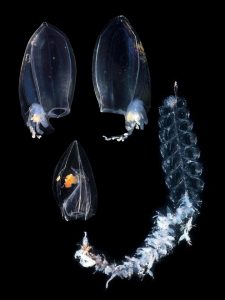
According to the literature, some siphonophore species occur in both polar regions and their corresponding neighbouring waters, but are they really the same species or not? How similar/related are they?
This MSc project includes:
Interested? Contact Luis Martell, Joan J Soto Angel, or Aino Hosia
The diversity of Arctic hydrozoans in Norway is still poorly understood, despite the fact that these animals are important habitat-formers (some new habitats in Norwegian waters have been described based on them!).
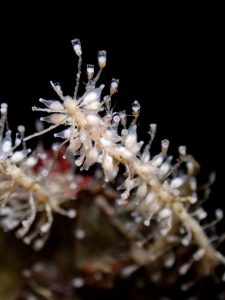
For example, only 1 species of the hydrozoan genera Symplectoscyphus and Rhizocaulus are supposed to occur in the country, but preliminary data on genetic variation suggest there’s more than meets the eye.
Are we about to discover a new species or is this variation normal for Arctic hydroids? Help us find out!
This MSc project includes:
Interested? Contact Luis Martell, Joan J Soto Angel, or Aino Hosia
Supervisors: Nataliya Budaeva & Tom Alvestad
This master project is linked to the Artsdatabaken-funded project Marine Annelid Diversity in Arctic Norway – MAnDAriN (09.2023 – 08.2026) devoted to description and mapping of the Arctic marine annelids. The student will have an opportunity to participate in field work in Svalbard and/or Troms and Finnmark (depending on the time frame of the Master thesis).

Background:
The scale worm genus Bylgides is relatively small (combining 9 described species worldwide) but at the same time very conspicuous with all species being very large in size (up to 5-7 cm long). Our materials combine specimens collected from the Nordic waters as well as from the Siberian part of the Arctic. Comparative genetic data are available from the Canadian Arctic and from Alaska.
Preliminary data show the presence of at least 5 species of Bylgides in our samples including a potentially new species. The objective of this project is to revise the Arctic Bylgides species matching genetic information with the known morphotypes. One of the tasks will be building the annotated barcode library of the arctic Bylgides and to generate an identification key with illustrations.
The project is a great opportunity for a student to become familiar with all aspects of biosystematics and integrative taxonomy, acquire a wide range of skills in the morphology and molecular analysis, and participate in a scientific publication.
The project will include:
Contact: Nataliya Budaeva
Supervisors: Arunima Sen, University Centre in Svalbard (UNIS) & Nataliya Budaeva, University Museum of Bergen, UiB
Main objective: Investigate the species diversity of Arctic seep and fjord siboglinid polychaetes and community composition of their internal bacterial symbionts. Specifically, mtCOI and 18S will be targeted to reveal the identities of worms that are often morphologically cryptic, and metabarcoding of their symbiont bearing organ (trophosome) will be used to characterize their internal bacterial communities that provide them with food from seafloor chemicals.
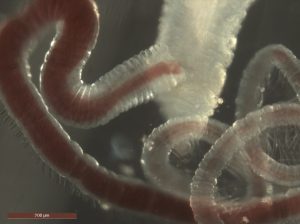
Background: The Arctic is known for its vast oil and gas reserves, and these can create special ecosystems where chemosynthesis, the chemical equivalent of photosynthesis, is used to fix carbon from chemicals such as methane or sulfide, independently of sunlight. In the Arctic, the hypoxic basins of fjords add to where chemosynthesis can occur.
Most chemosynthesis based ecosystems around the world are dominated by siboglinid polychaetes. These worms have no mouth or digestive organs and instead host chemosynthetic bacteria within their cells, from whom they obtain their nutrition. This makes siboglinids perfectly adapted for chemosynthesis based ecosystems and uniquely within the Arctic, not linked to the phenology of light and photosynthetic primary production. However, the diversity of these highly specialized and unique animals is still poorly understood since chemosynthesis based ecosystems and processes have only recently started being investigated in the Arctic. What makes understanding the diversity of these animals more difficult is that the worms are often morphologically cryptic and individual host species can have different combinations of bacterial symbionts leading to different ‘holobionts’ that can be niche specific.
The objective of this project is therefore to use molecular techniques to identify both siboglinids and their bacterial partners from Arctic and Norwegian gas seep sites and fjords.
Tasks: Mitochondrial COI and ribosomal 18S sequence analysis, 16S rRNA amplicon sequencing, bioinformatics processing, use of sediment geochemical data. If desired (and encouraged), the results will be put together for a scientific article.
Learning outcomes:
Collaborations: NGU (Norwegian Geological Survey), Stockholm University, IOPAN (Polish Academy of Sciences)
Publications for more background:
Bacterial symbiont diversity in Arctic seep Oligobrachia siboglinids.
https://animalmicrobiome.biomedcentral.com/articles/10.1186/s42523-023-00251-x
The phylogeography and ecology of Oligobrachia frenulate species suggest a generalist chemosynthesis-based fauna in the arctic.
https://doi.org/10.1016/j.heliyon.2023.e14232
Cryptic frenulates are the dominant chemosymbiotrophic fauna at Arctic and high latitude Atlantic cold seeps.
https://doi.org/10.1371/journal.pone.0209273
Frenulate siboglinids at high Arctic methane seeps and insight into high latitude frenulate distribution.
https://onlinelibrary.wiley.com/doi/abs/10.1002/ece3.5988
Contact: Arunima Sen
Supervisors: Nataliya Budaeva, Jon A. Kongsrud & Tom Alvestad
Background:
This master project is linked to the Artsdatabaken-funded project Marine Annelid Diversity in Arctic Norway – MAnDAriN (09.2023 – 08.2026) devoted to description and mapping of the Arctic marine annelids. The student is expected to participate in field work in Svalbard and/or Troms and Finnmark (depending on the time frame of the Master thesis).
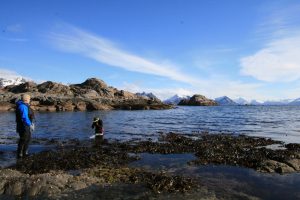
Arctic marine ecosystems are among the ones that suffer most from the current climate change. An enhanced heat transport from the Atlantic Ocean over the last two decades has led to ocean warming and reduced ice coverage in the Arctic. Comprehensive baseline data on Arctic biodiversity and habitats are required to monitor and successfully conserve the natural environment in times of fast and dramatic climate changes. Annelida is often the dominant taxon in marine benthic communities, and can exceed other macrofaunal groups in density, biomass, and species diversity.
In the project, we will cover both shallow and deep waters surroundings of Svalbard, Jan Mayen, Bjørnøya, coastal waters of Troms and Finnmark, and the western part of the Barents Sea. This region is characterized by significant seasonal and annual climate changes and moderately high productivity. It is a transition zone for warm and saline water flowing from the Atlantic to the Arctic Ocean, and for cold and less saline water moving from the Arctic to the Atlantic.
The student will assess general polychaete diversity but will also focus on one of the poorly studied families with in-depth species inventory using morphological and molecular data.
The proposed master project is a great opportunity for a student to become familiar with diversity of polychaetes in Norwegian waters - a skill highly desirable by potential employers in public and private marine monitoring agencies.
The project will include:
Contact: Nataliya Budaeva
Supervisors: Nataliya Budaeva & Miguel Meca
Background:
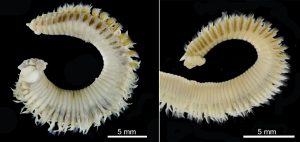
Orbiniidae is a diverse group of annelids, comprising more than 200 described species grouped into 20 genera. Orbiniids are common and abundant in shelf habitats, representing essential food resources for fish (including commercial), and are subjects of ecological monitoring investigations. Despite their common appearance in benthic studies, orbiniids are one of the annelid families with unresolved system and unclear diagnoses of most genera. Recent genomic studies showed strong evidence for combining the genera Phylo and Orbinia into one monophyletic group. Both genera comprise the largest is size orbiniid worms reaching several cm in length, they are very conspicuous and are easy to study. Nevertheless, the Nordic Orbinia and Phylo are poorly described and require formal revision, barcode library preparation, and clarification of taxonomic validity.
Preliminary obtained data show the presence of at least one potentially new species of Phylo in Norwegian waters confirmed with molecular data. A formal description of this species with subsequent publication in a per-reviewed journal will be one of the main tasks of the master project. The publication may be finalized beyond the master thesis time frame.
The project is a great opportunity for a student to become familiar with all aspects of biosystematics and taxonomy, acquire a wide range of skills and publish a scientific paper. A motivated student will have an opportunity to join field work in Svalbard or Finnmark (depending on the time frame of the Master thesis and availability).
The project will include:
Contact: Nataliya Budaeva
Supervisors: Nataliya Budaeva, Dimitar Dimitrov
Background:
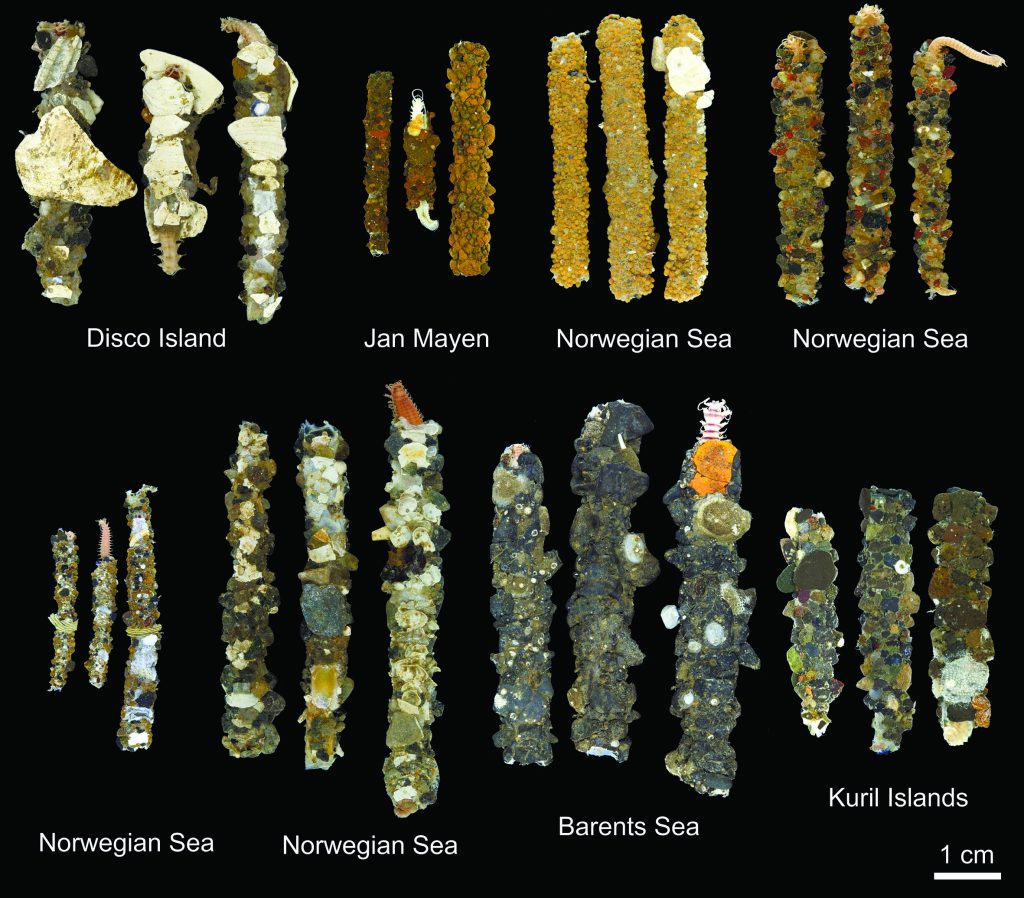
Nothria conchylega is a large and peculiar bristle worm with unique lifestyle. The worms live inside their tubes which they build of sediment particles or shell fragments and carry along almost like trichopteran larvae. The species is very abundant and has an extremely large geographical distribution in the Arctic, the North Atlantic and the North Pacific. Despite being a common species, little is known about the population structure of Nothria conchylega. The project aims to analyze the mitochondrial genomes and several nuclear markers obtained from the specimens sampled across the whole geographical range of the species and to study the mechanism supporting the gene flow within its large circumarctic geographical range.
The project supervisors already have data available for the analysis which makes the students work focused more of the data analysis. However additional data can be generated to learn the wet lab techniques. The project is a great opportunity for a student to become familiar with the bioinformatic tools, learn how to analyze large datasets and address complex questions in the Arctic species phytogeography. A motivated student will have an opportunity to join field work in Svalbard or Finnmark (depending on the time frame of the Master project and availability).
The project will include:
Contact: Nataliya Budaeva